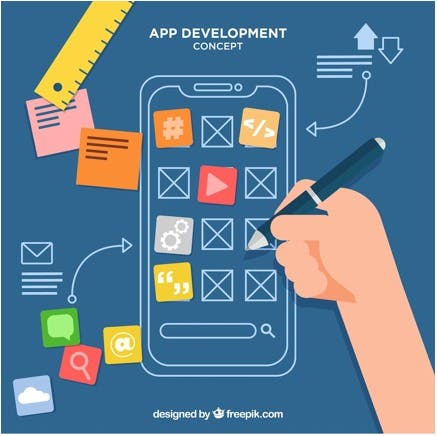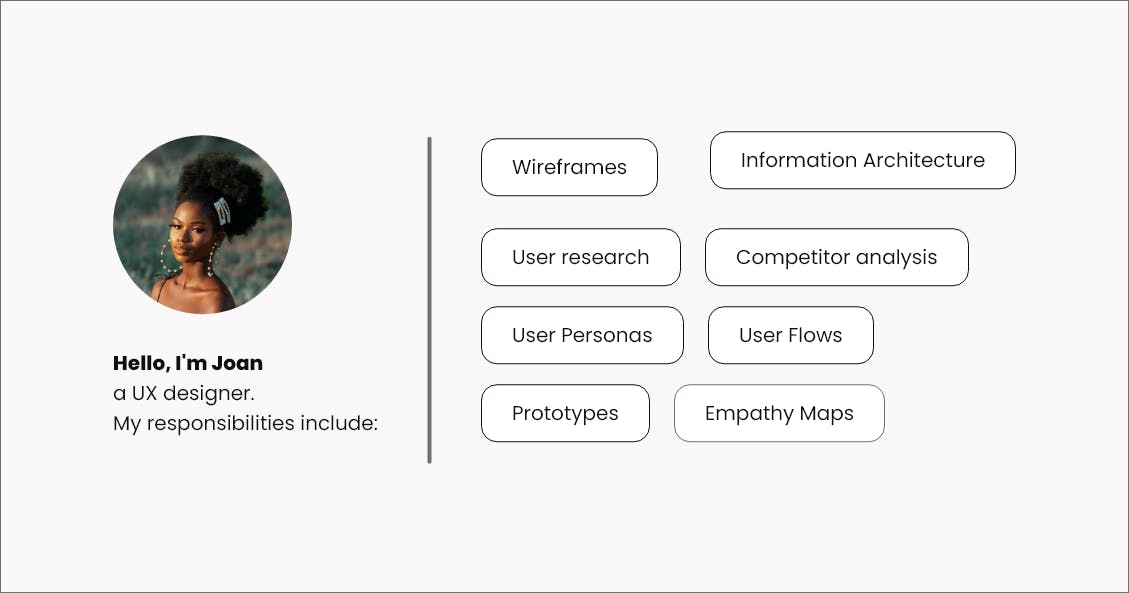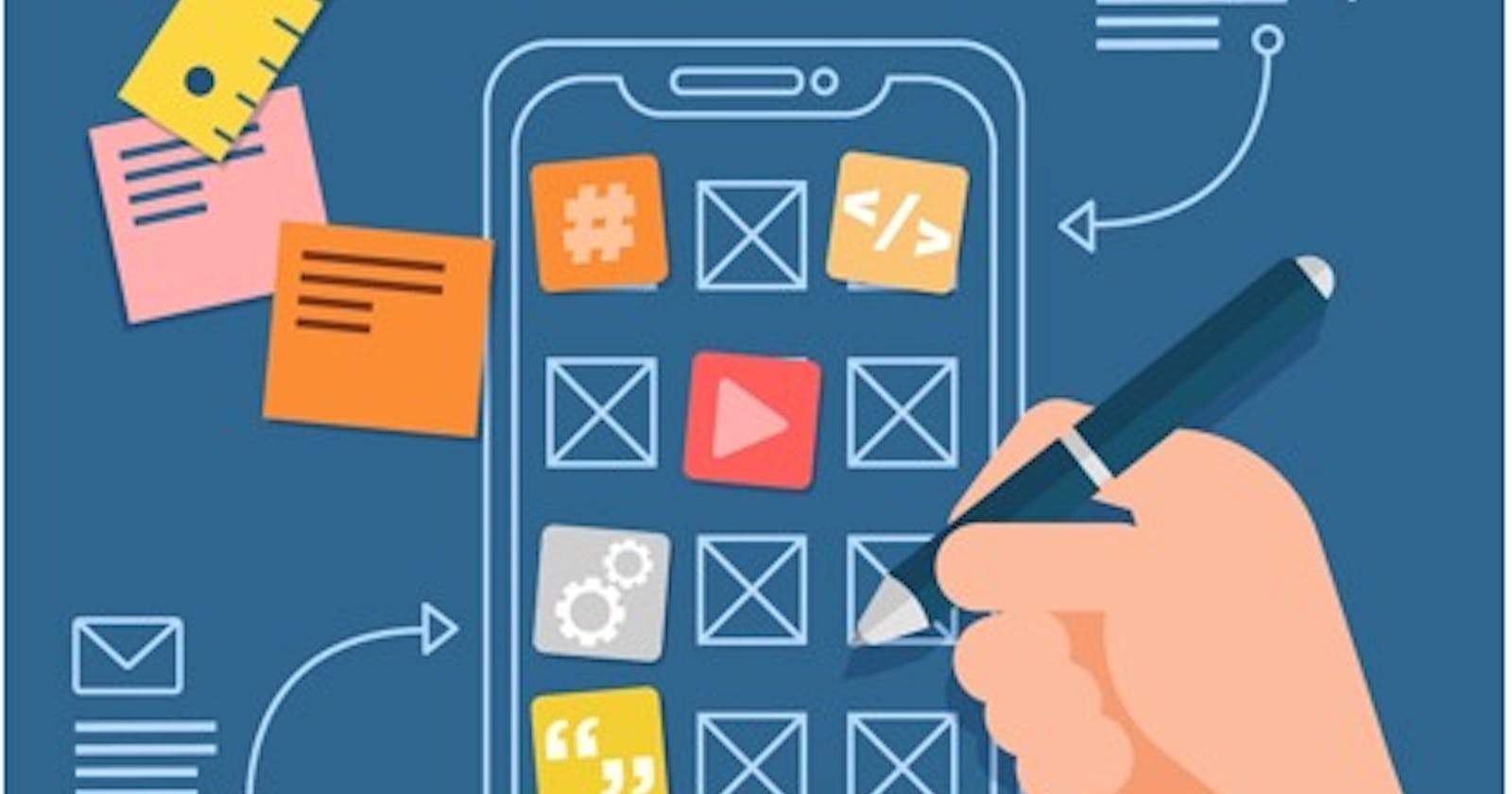By Elizabeth Musanga
User experience(UX) is a term that was first coined by Don Norman in the 1990s to describe aspects of a person’s experience with a product. Since then this term has matured into different disciplines such as UX research, UX design, and UX writing.

If you’re interested in UX design but don’t know where to begin, you may be asking yourself, “What is UX? Which UX roles exist and what do they do? What qualifications do I require to become a UX designer?” If you’re new to the world of user experience design and want to learn more about this exciting field, this article will give you what you need to know about user experience.
SO, WHAT IS UX?
UX is what a user experiences or feels while using a product or service. There are many aspects of UX that come into play to make the final product.
Different Roles in User Experience Design
There are many different roles in UX design, each with its own set of responsibilities.
- UX Researcher - A UX researcher is responsible for conducting research and gathering data about the users that will be interacting with the product or users already interacting with a product. This data is then used to inform the design process and create the best possible experience for the users.
- UX Designer - a UX designer is responsible for the look, feel, and functionality of a product. They work with other designers to create mockups, draw up diagrams, and produce all of the necessary visuals for the product.
- UX Architect - The UX architect is responsible for making sure the entire product is buildable. This means they need to work closely with the engineers to make sure everything is possible. The architect uses the data gathered by the researcher to create a blueprint for the product.
Visual Designer - The visual designer is responsible for creating the aesthetic of the product. They create mockups, logos, illustrations and also icons. They use a more visual language than the UX designer. In addition to this, they also decide the font and color.
Interaction Designer - Their main focus is on user flows and they are responsible for making a product easy to navigate
Conversation designer - In more established corporations, this is a stand-alone role where the designer is responsible for designing intelligent virtual assistants i.e Siri and Google Assistant.
UX Writer - A UX writer creates user-focused copy and microcopy that engages and guides users through the product and helps them achieve their goals. They make the language used in a product clearer and also define a brand’s voice and personality.
UX engineers - They are more or less like UX designers, just with extra coding skills. They translate the design intent into a functioning experience by acting as a bridge between the design and development teams. They help reduce delays and iterations by evaluating the viability of mockups produced by the design team before they are sent to the developers.
User Experience vs. User Interface Design
While these two phrases are frequently used interchangeably, they are actually quite different. The user interface (UI) design is one aspect of the overall user experience (UX).
UI design is the part of the UX design that deals with the aesthetics and visual elements of the user experience. Visual design is how things are laid out, how they look and how they feel. UI designers must be able to design within brand parameters, creating brand recognition and fostering brand affinity, in addition to making the product visually appealing.

The other aspect of UX design is the experience itself. The experience is everything that happens between when a user comes into contact with your product or service and when they no longer need it. This includes how easy it is to use, how easy it is to obtain help when needed, what tasks take to complete and how long it takes to do those tasks. You have to understand the users of your product as a UX designer. You may then begin experimenting with the various components of the product once you have determined the users and their requirements.
The goal of UX design is to make products that people like using as well as ones that function correctly.

In conclusion, designing a great user experience is essential to producing excellent products. Understanding your users' needs and coming up with creative solutions to meet those needs and go above and beyond their expectations is crucial.
The mix of good design, research, and problem-solving can accomplish this. You must be able to perform solid research, turn that research into valuable information, and come up with original solutions to problems if you want to be a successful UX designer. Additionally, you must be able to communicate clearly with your group and other stakeholders, think creatively when solving problems, and critically evaluate the outcomes of your decisions.
A career as a UX designer is a good choice for you if you want to contribute to the development of fantastic products that people love.

